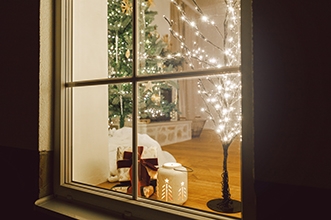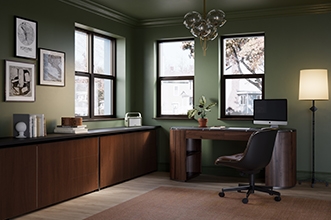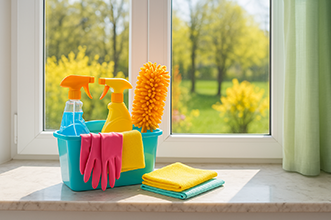Are Casement Windows the Best Option for Your Home Update?
Ready to get started?
Window World offers free in-home consultations! Click below to schedule today!
Get started!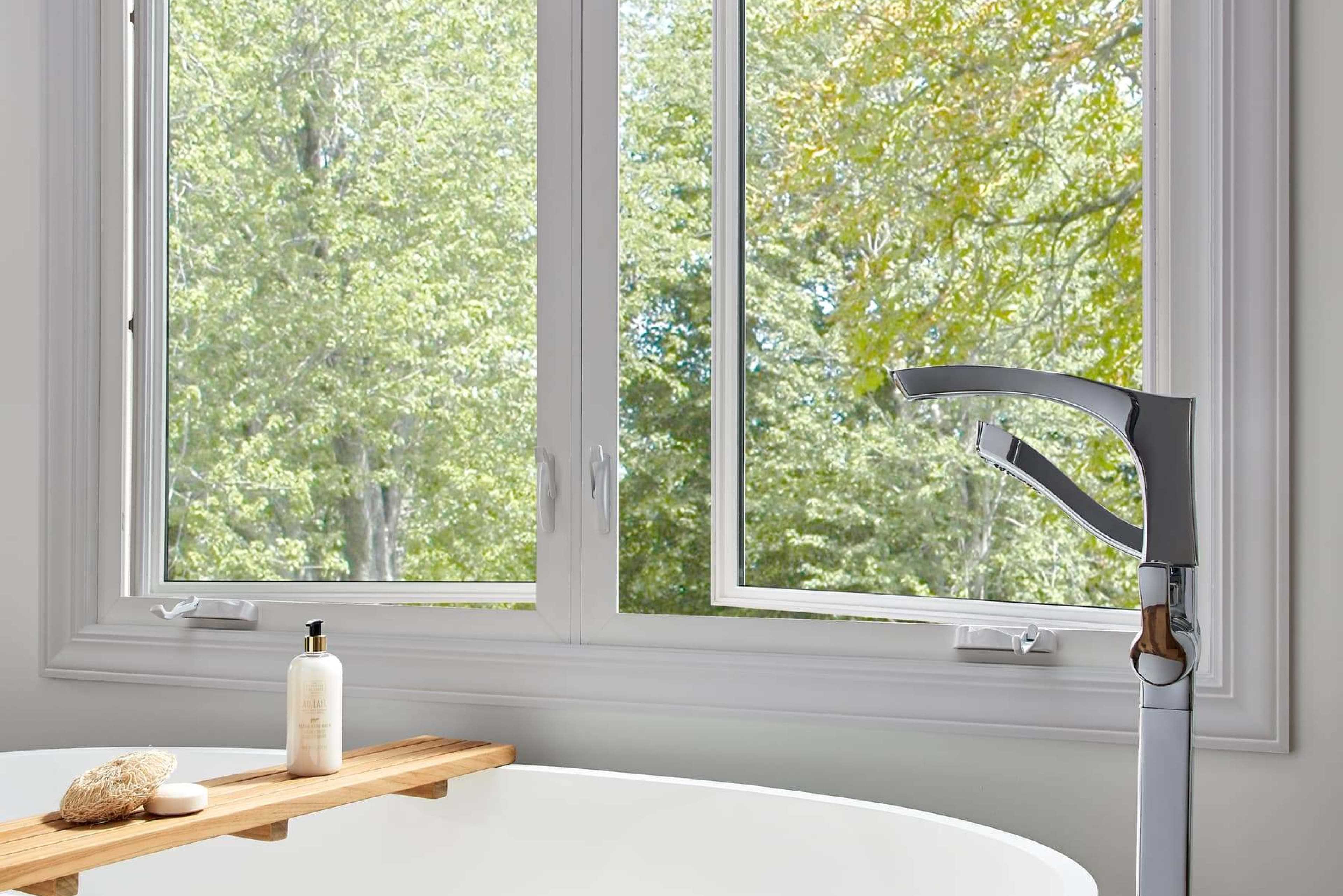
Pros and cons of casement windows
Until it’s time to make a choice, you may not realize just how many types of windows there are for homes. Everyone is familiar with the traditional double-hung style, which lifts open from the lower sill or down from the top of the frame. There are sliding windows, picture windows, bay windows, and more. Often overlooked, though, is the casement window. They come in a broad range of styles and sizes and blend well with other window designs, but casement windows are more appropriate for specific settings and applications than others.
Before we examine the pros and cons of this window style and consider whether they are a good choice for your home, let’s ask the first question: “What is a casement window?”
Unlike most windows that open by sliding up and down or side to side, casement windows open with a side hinge, just like a door, and a window crank mechanism that sweeps the window open outward. When completely open, the window sits perpendicular to the side of the house. When cranked into a closed position, an inside latch is used to seal it tight.
Got it? Now let’s look at a few reasons why casement windows could be a good choice for your home.
Four benefits of casement windows
1. Casement windows provide excellent energy efficiency
As a solid sheet of double or triple-paned insulated glass without a sash or slide, the casement window design eliminates any air leakage that can be a factor at the sash, or overlapping parts, of double-hung or sliding windows. If the window weatherstripping around the frame is high quality, your home will remain well insulated.

2. Casement windows catch breezes for better ventilation
Unlike double-hung or sliding windows, casement windows open fully, using the entire window opening so that you can let more fresh air into your home. If you burn dinner, you can crank open the windows to let out the smoky proof before company comes. Think how useful this feature can also be in the bathroom!
3. Casement windows provide unobstructed views
With no sliding sash, a casement window offers a clear outside view when closed and when fully opened. Casements work particularly well when combined with picture windows, providing a wall of wide-open views with the versatility of open/close ventilation.

4. Casement windows can be easier to use for those with limited mobility
With a smooth operating crank mechanism located at the bottom of these windows, casement windows are much easier to manipulate for those using wheelchairs or who have difficulty lifting or closing double-hung windows or pushing sliding windows. These cranked windows can also be easier for anyone to use in places that can be difficult to access, such as reaching over a kitchen sink.
Because every home and situation is unique, there are a few reasons casement windows may not be a perfect choice for your home.
Four signs casement windows may not be for your home
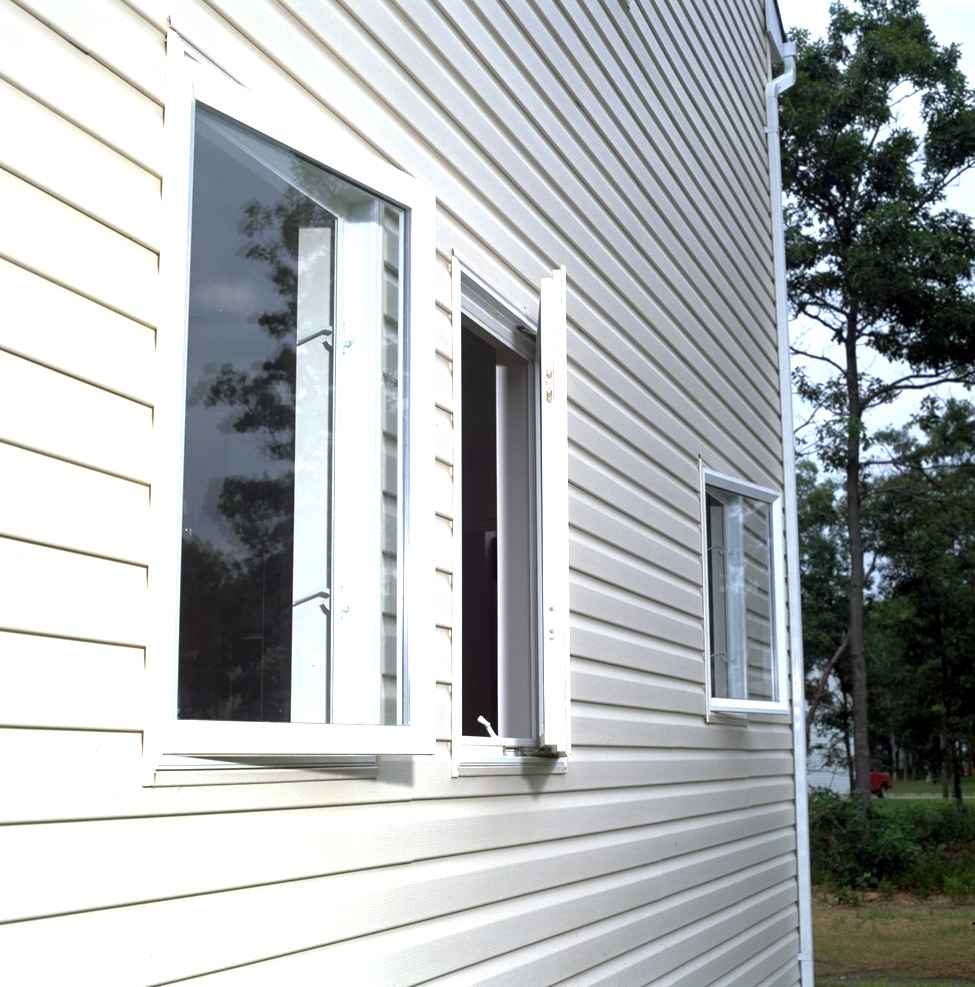
1. Casement windows need unobstructed space outside
If you plan to place casement windows on the first-floor level of your home, consider what’s on the outside. Do you have shrubbery outside that would prevent you from opening a casement window? Open casement windows can obstruct walkways or patio or deck seating. Casements may not be for you if you’re unwilling to trim or remove them.
2. Casement windows can be more difficult to clean outside
Cleaning the windowpanes from the inside is a snap with casement windows due to the lack of sashes. However, the outside of the window is more difficult to access, especially compared to double-hung windows that offer tilt-in access for window cleaning.
3. Casement windows screens attach to the inside of the home
Because of the hinge design, casement windows cannot accommodate screens on the outside of the house. If your windows are in a place where people or pets may rub against them, the screens could take a beating. Of course, the screens could be stored elsewhere out of season and only used when you need open windows.

4. Casement windows cannot accommodate air conditioner window units
There is little a casement window can do to appeal to those who need window units to air-condition your space. Double-hung or single-hung windows are the go-to options for you.
There you have it — a good case for casements with a few examples of why you might think twice in some situations. Or you might consider awning windows that carry many of the same benefits.
Your friends at Window World would love to discuss your remodeling ideas for windows, doors, siding, and more. As the nation’s exterior remodeler with more than 25 years of experience, you can count on our expertise to bring greater curb appeal and energy efficiency to your home. It starts with a free in-home consultation and quote. Find your local store.

